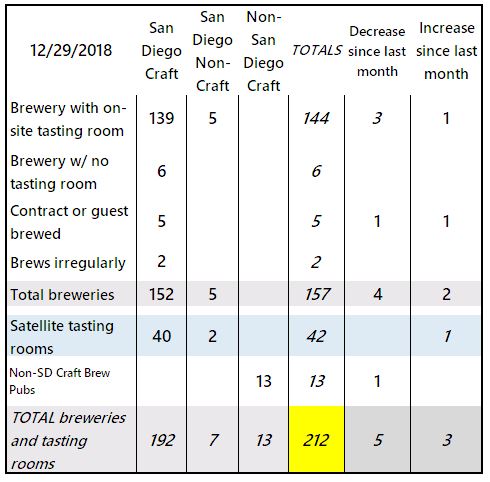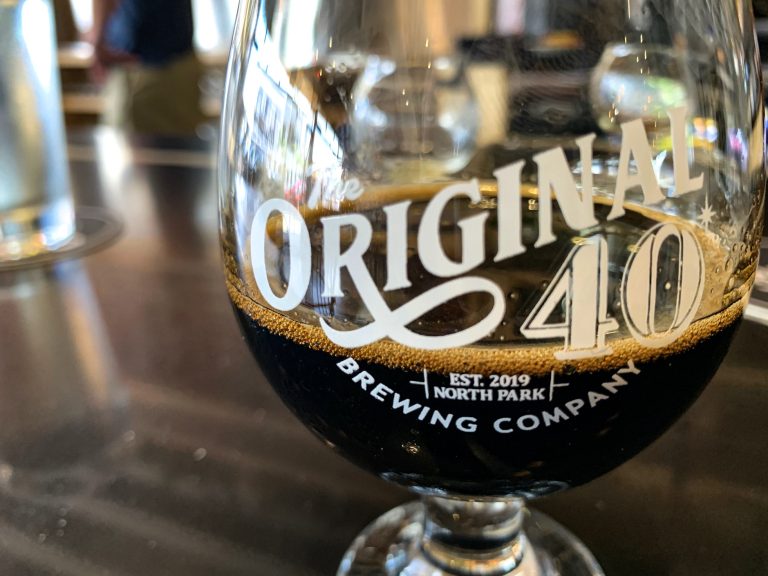Deciding How Much to Drink
For years I’ve had the idea in the back of my mind that two drinks per day is healthy for normal adult males (one per day for women). Not just that two wasn’t too bad for you, but that it was positively good for you. I’ve been trying to lose some weight recently and so I started reconsidering my habits again, and it struck me that I’ve been doing the math wrong. Perhaps dangerously wrong.
A recent meta-analysis published in The Lancet, a leading medical journal, examines how life expectancy is affected by various rates of daily alcohol consumption. Taking account of other behaviors and health conditions, the analysis included 83 independent studies and almost 600,000 current drinkers in total. It shows that even a slight increase over the two standard drinks per day leads to a noticeable decrease in life expectancy. A 40 year-old who has two drinks per day will thereby shorten their life by half a year; but if they drink four drinks per day, their life expectancy will be decreased by almost five years.
BUT—and this is a huge but—“two drinks per day” refers to two 12 ounce beers containing 5% alcohol by volume. A lot of the beer I buy to consume at home comes in a 16 ounce can or a 25 ounce bomber. And almost none of it is 5%. In fact, I have purchased some so-called “session” beers lately that were 5.5%. Much of what is in my fridge is in the 7 to 8% range, and it isn’t unusual for me to have a 10 or 12% beer, especially when it is an imperial stout or something barrel-aged.
How much alcohol do I actually drink, anyway?
Let’s consider two of my favorite evening drinks, a 12 ounce can of Mike Hess Habitus Rye Double IPA, or a 12 ounce bottle of Bell’s Two Hearted IPA. The Habitus clocks in at 8%, and the Two Hearted is a sneaky 7%. I say “sneaky” both because it doesn’t taste that strong and because they don’t put the ABV in an obvious place on the bottle. For reference, 5% of 12 ounces is 0.6 ounces of pure alcohol. But 7% is .84, and 8% is 0.96 ounces of pure alcohol. A 12 ounce serving of 8% beer, then, is 1.6 “standard” drinks; and that’s 1.4 standard drinks for the 7% beer. So if I have two of those in a day, I’m actually drinking 3.2 or 2.8 drinks per day. If I treat myself to a third one, I’m consuming a massive 4.8 or 4.2 standard drinks. That’s well into the “danger zone” defined by this study.
If you are drinking a 5% beer in a 16 ounce pint can or on draft, that’s 1.3 drinks. But a pint of 7% is 1.82 standard drinks, which means two pints of 7% beer is actually 3.64 standard drinks. ONE pint of 8% is 2.08 standard drinks.
The gorgeous 16.9 oz bottle of 13% BBA stout I’m saving for a special occasion is a tad more than a US pint but when you do the math that one bottle contains 3.7 standard drinks. A bomber (750 mL or 25.4 oz) of Speedway Stout (12% ABV) contains 5.08 standard drinks.
If you think these calculations of “standard drink equivalents” are confusing, the British system of “units” of alcohol is even worse. (One unit of alcohol is equal to 8 grams of alcohol, which is the amount in roughly 6.9 ounces of a 5% ABV drink.)
What it all really comes down to is how many grams of pure alcohol you are ingesting on a daily or weekly basis. Of course, alcohol isn’t served by weight. So here’s an online calculator I found that helps you figure out your “dose”. I made the chart below as a handy reference, too. Authorities in the US recommend a target for best health and longevity of no more than 196 grams of alcohol per week (28 grams per day). Most craft beer drinkers who indulge daily or several days per week will likely find they are way over that limit. I know I have been. A four pack of pint cans of 7% beer is 104.53 grams of alcohol all on its own—more than half the weekly max. And for context, note that the British health authorities recommend about half the maximum alcohol intake the US does.
Lessons from the study
The meta-analysis I mentioned above considers a large number of factors but this, I think, is the key take-away: People who consume more than 350 grams of alcohol per week shave almost five years off their lives compared to people who drink less than 100 grams of alcohol per week. Those who consume between 100 and 200 grams per week (close to the US recommended limit) have a decreased life expectancy of about half a year compared to those who drink less than 100 grams per week. (The life expectancy lost decreases as the subject increases in age simply because we don’t have as much life left to lose at those higher ages.)

Interestingly, there seems to be less of a gender effect than I had previously believed.
Note that the baseline of comparison is 100 grams of alcohol per week, not zero. That’s because people who consume less than 100 grams per week actually have worse health outcomes. The effect seems to be mostly due to a decrease in cardiac events associated with consuming a small amount of alcohol regularly.
By the way, the study also shows that “spreading it out” is healthier. Drinking the same amount of alcohol divided over several days of a week is better for you than concentrating that amount into one or two days. Going dry all week and then blowing out on the weekend is not a good idea.
What can we do about over-consumption of alcohol?
I’d be in favor of breweries including the number of standard drink equivalents on their packaging, kind of like how food labels tell you how many servings are in a container. Grams of alcohol in each container would be handy info. And quit hiding the ABV at the very least.
I’m even more in favor of breweries reducing the percentage of alcohol of their beers. Once again I find myself wishing we had more access to British-style beers in the 3% ABV range. Here’s the key consideration for breweries: If you make lower-ABV beers, I will buy more of them.
Another study I saw last year showed that people who take one day off from drinking each week have much better health outcomes than those who drink every day. Besides decreasing your total intake, it gives your liver time to regenerate and heal. One day off of drinking per week is much better than a month off once a year, by the way, despite what advocates of Dry January might tell you, because of the weekly rest and regeneration for the body.
A related topic that has been on my mind lately is being over-served at beer festivals. I went to one recently where the standard ticket got you ten 3-ounce pours of barrel-aged beer that was in the 14% range. Every single person in the place was over-served by a wide margin, by design: That’s seven standard drinks in just a couple of hours. It is also 98 grams of alcohol, half the weekly max consumed in a single session. That sort of thing is irresponsible on the part of the brewers and festival organizers.
It comes down to your personal choices
I’m not a doctor—well, I am a PhD, but I’m not a medical doctor—so don’t take my word for it. But do stop to make a conscious choice about your drinking habits instead of accidentally falling into a pattern that will shorten your life.
Importantly, deciding how much to drink is partly a value choice: it might be worth it to you to have an extra drink per night in terms of enjoyment, even if it means shaving a statistical two years off your life. For me, I know I would much rather enjoy my next 46 years slightly tipsy rather than living 48 perfectly dry years. That said, at age 40, shaving five years off your life is like losing ten percent, or more, of your remaining life. That seems like too much to me. So I’m going to try to stick to the recommendation of staying below 196 grams of alcohol per week, and I’ll take a day off drinking each week, too.
Naturally, the whole decision process changes completely if you have an alcohol addiction. In that case, get help and stop drinking. In San Diego, the central number for Alcoholics Anonymous is (619) 265-8762.

![Toolbox Brewing Co., Vista [CLOSED]](https://beermaverick.com/wp-content/uploads/2017/12/IMG_3765-768x768.jpg)



